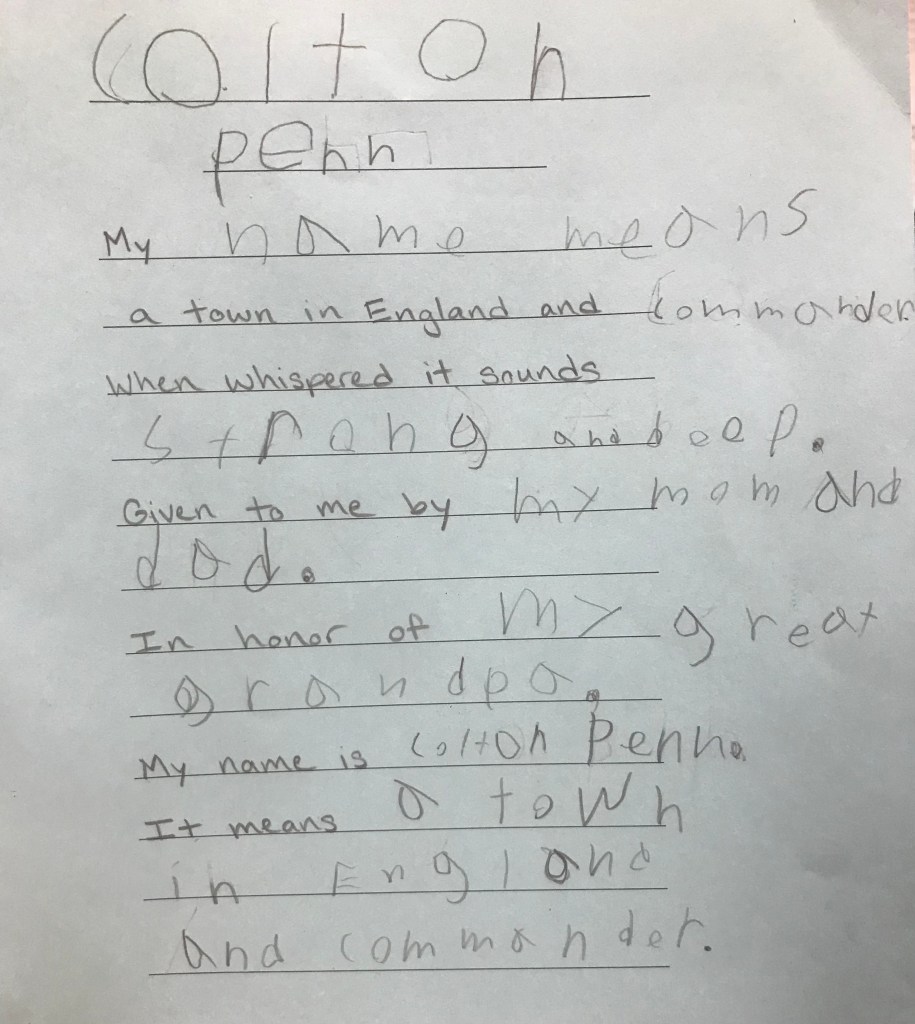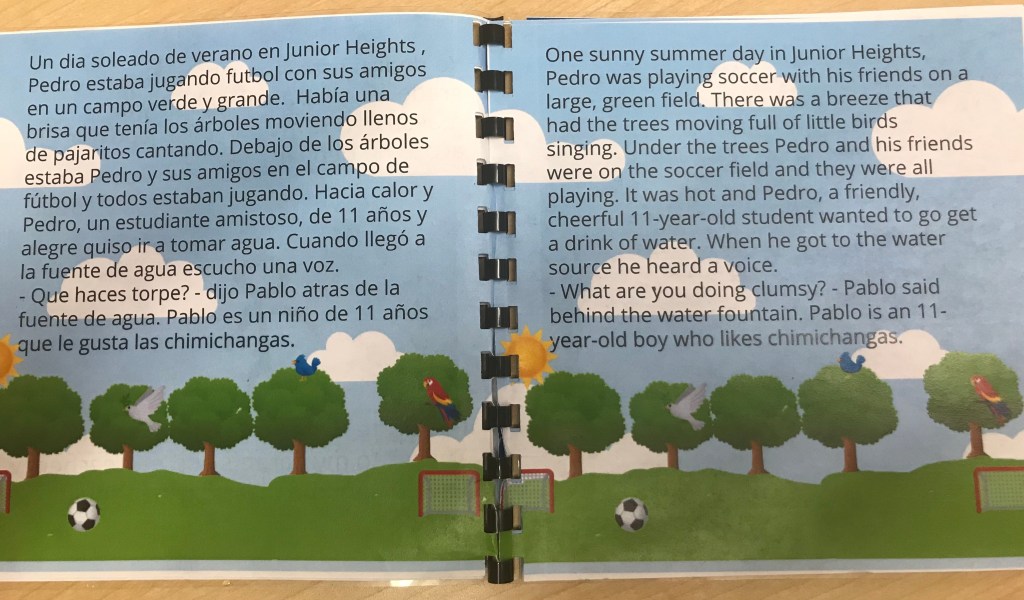I didn’t want to be a teacher when I was growing up. I have always loved school, but I distinctly remember the time I was in high school and my Papa said to me, “Maybe you’ll be a teacher like your Mema.” I laughed out loud and gave an emphatic, “NO WAY!”
It wasn’t that I didn’t like kids. I did. In fact, I wanted to work with kids. But I envisioned myself working for a nonprofit organization to combat childhood hunger and poverty, improve access to healthcare, and increase enrollment in higher education for children in marginalized communities. I saw myself doing social justice work, and I didn’t think that work happened in a classroom.
Fast forward several years, a combination of experiences during college showed me that the classroom is, in fact, one of the most powerful places that social justice work can take place. I became a teacher to make a difference, not only for my specific students, but also to challenge the status quo and make my community and society more equitable. It isn’t easy work, and I don’t always get it right, but it is important work that must be done.
Culturally responsive teaching is a common buzz word these days in education. In their article What is Culturally Responsive Teaching?, Madeline Will & Ileana Najarro write that “culturally responsive teaching means using students’ customs, characteristics, experience, and perspectives as tools for better classroom instruction.” Before I can do that, I have to learn about my students’ customs, characteristics, experiences, and perspectives. I have to get to know my students really well, and not just academically, but as a whole person, to inform my instructional decisions. Writing, I have found, is one of the best times to do that.
When students have opportunities to write authentically about themselves and the things that matter to them, they reveal so much. Daily journals or dialogue journals between student and teacher give insight into what’s currently going on in students’ lives. Personal narratives give perspective on students’ experiences and background knowledge. Informational and opinion writing shed light on their passions and interests. Sitting down to confer with a student about their writing allows them to share even more about themselves as a writer and as a person. That’s why writing has always been my favorite subject to teach: I get to know my students on a deeper level through their writing!
Getting to know my students is one part of my work as a social justice educator. Another important factor is the learning opportunities that I design for my students. This past spring I had the opportunity to attend an amazing workshop with Dr. José Medina, founder and Chief Educational Advocate of Educational Solutions. He told us that lesson planning is a political action because through our lesson plans, teachers either disrupt or add to educational oppression. I felt those words deep in my heart. When you say it that way, careful lesson planning takes on a new level of importance and responsibility! Sometimes, though, I find myself asking the questions: Now what? What do I do or teach next?
A few years ago my district introduced schools to the Social Justice Standards/Normas de justicia social, an anti-bias framework for educators from Learning for Justice (formerly known as Teaching Tolerance). The introduction to the Social Justice Standards describes them as “a roadmap for anti-bias education at every grade level…a set of anchor standards and age-appropriate learning outcomes divided into four domains—Identity, Diversity, Justice and Action.” The Social Justice Standards have provided my colleagues and me with a framework that we can overlay and integrate within our current curriculum, and we have found that they integrate especially well with writing.


For example, our 4th grade team used their realistic fiction unit to focus on the justice and action standards. Students chose social issues that were important to them and wrote realistic fiction stories about those issues. By sharing their stories with each other, they shed light on the injustices they see in their community and gave voice to their ideas to address them.
Primary teachers have found success integrating the identity and diversity standards into their small moment narrative units and also poetry units. When students share about themselves, their families, and their group identities with each other, they learn to value diversity by building relationships and classroom community.

Being a social justice educator and culturally responsive teacher is a journey, not a destination. We must continue to work towards educational justice by giving our students a space to share their identities, learn to value diversity, recognize injustice, and act in response. One way we can provide that space is through writing.
We are all agents of change. Our actions determine what that change will be.
Dr. José Medina @josemedina1000



As a recently retired 5th grade teacher, this article really screamed out to me. I have always tried to integrate this type of work through all subject areas. Unfortunately the world is a different place and the politics of my schools ‘ community have changed. Teachers are being censored in terms of how curriculum is being presented to avoid any controversy Censorship of publications used in the classroom became a common occurrence . This was one of the reasons I retired.
LikeLike
Everything about this is a YES for me! The journey is not always an easy one, but one we must continue on. Our students deserve to see themselves reflected in the classroom; they deserve to share who they are with others. We cannot build community without paying attention to and honoring the various identities within the classroom. Thank you for this important post and for creating safe places for our students!
LikeLike